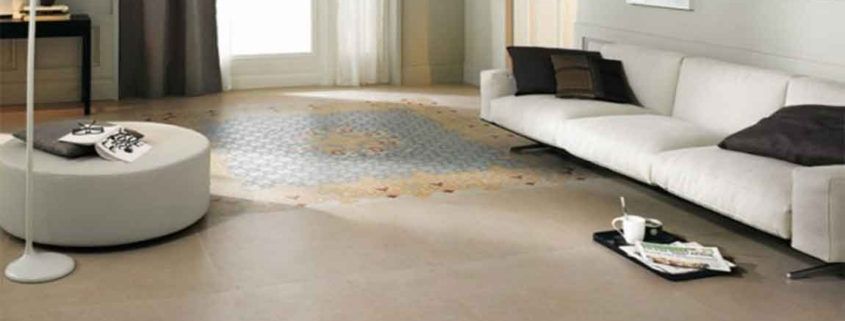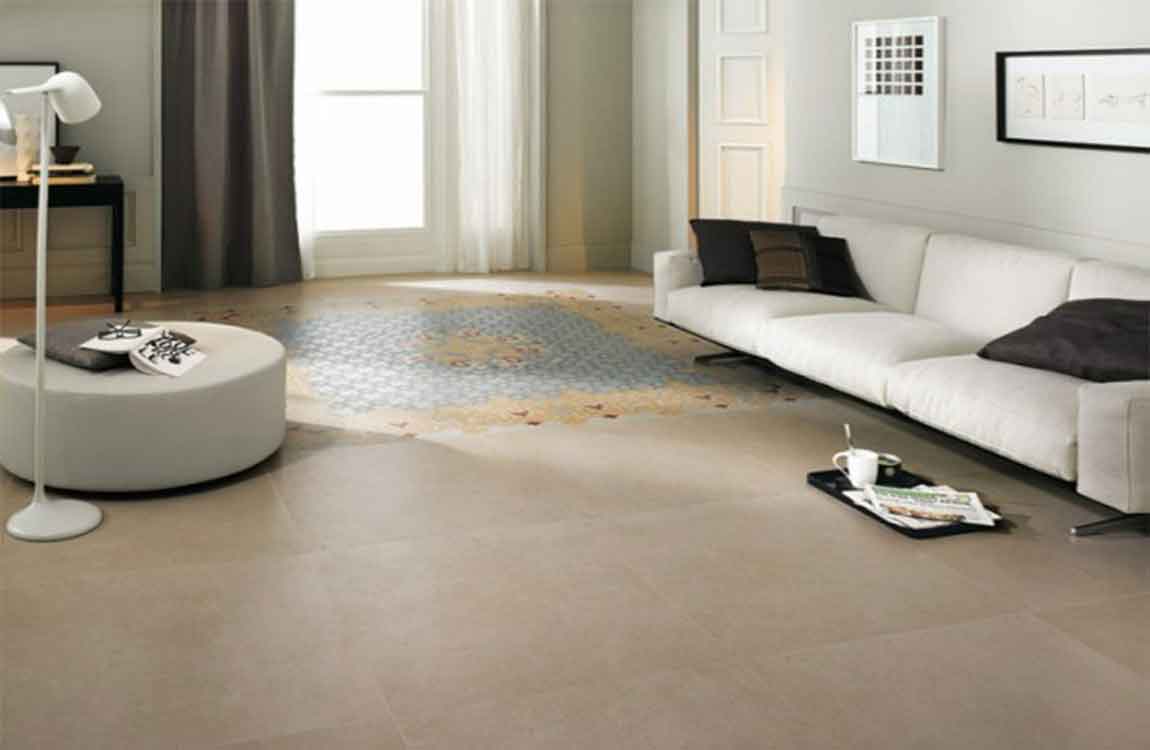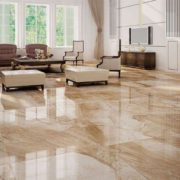How Filling Gaps with Wood Glue?
Scoop up a glob of wood glue using a small utensil. A toothpick, cotton swab, or similar item will make it easier to reach down into the narrow space. Some home improvement buffs even use disposable syringes for precision application. The important thing is that the glue only ends up on the grooves where the planks interlock.
Any clear or yellow wood glue will work just fine. Invest in a high-strength adhesive to spare yourself followup repairs in the future. Alternatively, you can also use caulk or wood putty to fill in gaps in laminate flooring. However, these substances may require special applicators or additional equipment.
Swab the glue onto the exposed tongue of the displaced plank. Inside the gap, you should be able to see the squared edge where the bottom of the plank is designed to fit together with the top of the next one in the row. Apply a thick coating of glue to this surface, aiming for even coverage from one end to the other. If you don’t apply enough glue, the repaired section of flooring may not hold up long under constant foot traffic.
Don’t be afraid to use more glue than you think you need—you don’t want the planks separating again after a few short days. Do your best to work neatly and efficiently, but don’t take too much time. Wood glue dries quickly, and once it does, it will be tough to get a second shot.
Push the separated planks together to close the gap. To do this, strike the plank at an angle repeatedly with the palm of your hand. For a less forceful approach, you could also try placing both hands flat against the plank and guiding it slowly towards its neighbor using your full body weight.
















